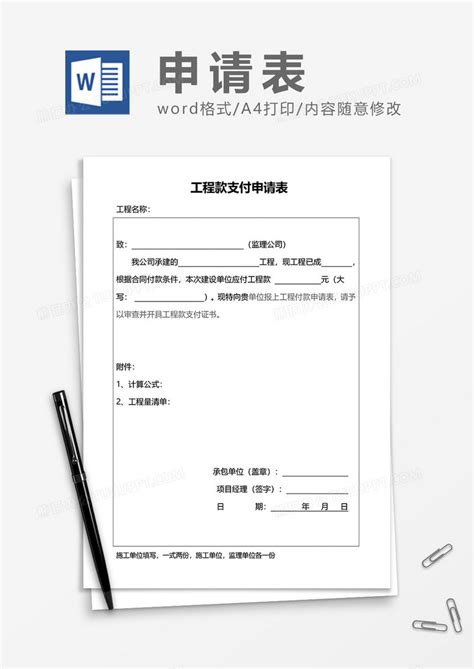荷兰海牙国际仲裁法院
Title: Enhancing Customer Engagement in the Retail Industry: Strategies and Best Practices
In the competitive landscape of the retail industry, customer engagement has emerged as a crucial factor for sustainable success. Engaged customers not only make purchases but also become loyal advocates for the brand, driving growth and profitability. This article explores strategies and best practices for enhancing customer engagement in the retail sector.
Customer engagement refers to the emotional connection between a customer and a brand, leading to increased loyalty, advocacy, and repeat business. It goes beyond mere transactions and involves interactions across various touchpoints, both online and offline.
Key Elements of Customer Engagement:
- Personalization: Tailoring the shopping experience to meet the individual needs and preferences of customers.
- Interactivity: Providing opportunities for customers to interact with the brand, such as through social media, live chat, or experiential events.
- Consistency: Maintaining a consistent brand image and experience across all channels and touchpoints.
- Value: Offering valuable content, products, and services that resonate with customers and meet their needs.
- Feedback: Actively seeking and responding to customer feedback to improve products, services, and the overall shopping experience.
1. Implement Omnichannel Retailing:
Omnichannel retailing integrates various channels, such as brickandmortar stores, ecommerce websites, mobile apps, and social media platforms, to provide a seamless and cohesive shopping experience. By allowing customers to interact with the brand across multiple touchpoints, retailers can increase engagement and drive sales.
2. Leverage Data Analytics:
Utilize data analytics tools to gain insights into customer behavior, preferences, and trends. By analyzing customer data, retailers can personalize marketing messages, recommend relevant products, and anticipate future needs, thereby enhancing engagement and satisfaction.
3. Focus on Customer Service:
Invest in excellent customer service by training staff to be knowledgeable, friendly, and responsive to customer needs. Promptly address customer inquiries, concerns, and complaints to demonstrate that their satisfaction is a top priority.
4. Create Compelling Content:
Develop engaging and informative content that adds value to the customer experience. This can include blog posts, howto guides, product demonstrations, and usergenerated content. By providing valuable content, retailers can attract and retain customers while establishing themselves as industry experts.
5. Foster Community Engagement:
Build a sense of community around your brand by hosting events, sponsoring local initiatives, and facilitating online forums and discussions. Encourage customers to share their experiences, connect with one another, and become brand advocates.
6. Offer Loyalty Programs:
Implement loyalty programs to reward customers for their repeat purchases and engagement with the brand. Provide incentives such as discounts, exclusive offers, and VIP perks to encourage loyalty and repeat business.
1. Listen to Customer Feedback:
Regularly solicit feedback from customers through surveys, reviews, and social media channels. Pay attention to their comments, suggestions, and complaints, and use this feedback to improve products, services, and the overall shopping experience.
2. Personalize the Shopping Experience:
Use datadriven personalization techniques to tailor the shopping experience to each customer's preferences and behavior. This can include personalized product recommendations, targeted marketing campaigns, and customized promotions.
3. Foster Emotional Connections:
Focus on building emotional connections with customers by telling authentic stories, showcasing brand values, and creating memorable experiences. Emotionally engaged customers are more likely to remain loyal and recommend the brand to others.
4. Stay Agile and Adaptive:
Be responsive to changing market trends, customer preferences, and technological advancements. Continuously innovate and adapt your strategies to meet the evolving needs of customers and stay ahead of the competition.
5. Encourage UserGenerated Content:
Encourage customers to create and share their own content, such as product reviews, photos, and videos, on social media and other platforms. Usergenerated content not only builds trust and authenticity but also fosters a sense of community among customers.
6. Measure and Analyze Engagement Metrics:
Track key performance indicators (KPIs) related to customer engagement, such as website traffic, social media interactions, and conversion rates. Use analytics tools to analyze these metrics and identify areas for improvement and optimization.
Enhancing customer engagement is essential for driving growth and profitability in the retail industry. By implementing strategies such as omnichannel retailing, data analytics, and personalized marketing, retailers can cultivate strong emotional connections with customers and foster loyalty and advocacy. By staying agile, adaptive, and customercentric, retailers can thrive in an increasingly competitive marketplace.











